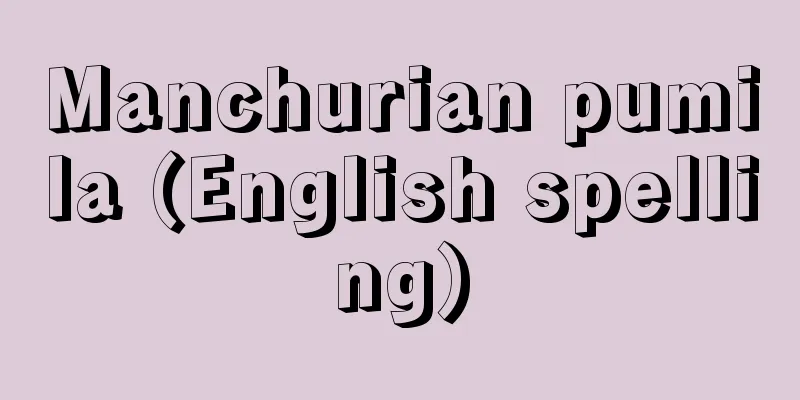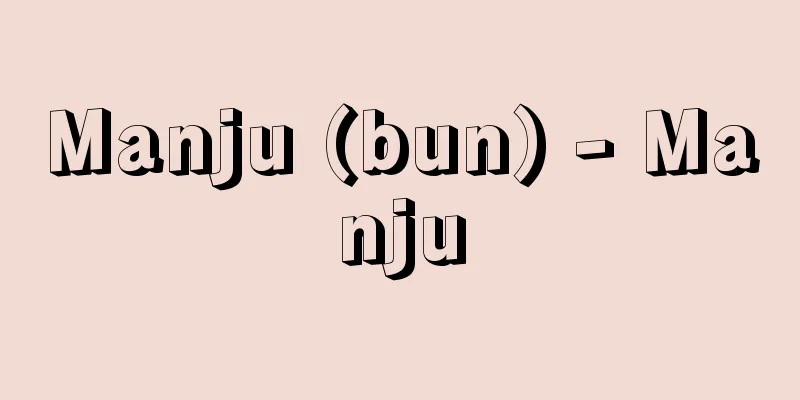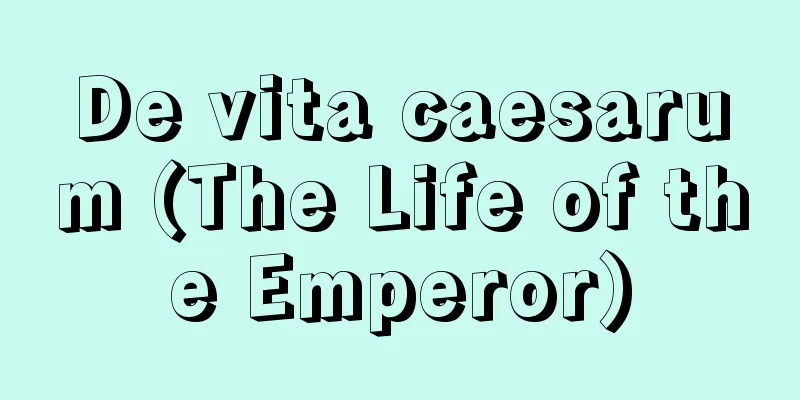Allopurinol - aropurinol (English spelling)

|
It is a drug used to treat hyperuricemia, gout, and urinary stones, and is chemically a stereoisomer of hypoxanthine. It competitively inhibits xanthine oxidase at low concentrations, and noncompetitively at high concentrations. As a result, blood and urinary uric acid levels drop significantly. It is taken orally at 0.2 to 0.3 grams per day. It is a highly toxic drug, and the maximum dose is 0.2 grams per dose, or 0.6 grams per day. [Fumiji Koho] [Reference] |Source: Shogakukan Encyclopedia Nipponica About Encyclopedia Nipponica Information | Legend |
|
高尿酸血症、痛風、尿路結石の治療薬で、化学的にはヒポキサンチンの立体異性体である。低濃度では競合的に、高濃度では非競合的にキサンチンオキシダーゼを阻害する。その結果、血中および尿中の尿酸値が著明に低下する。1日0.2~0.3グラム内服する。劇薬で、極量は1回0.2グラム、1日0.6グラム。 [幸保文治] [参照項目] |出典 小学館 日本大百科全書(ニッポニカ)日本大百科全書(ニッポニカ)について 情報 | 凡例 |
Recommend
Gude, H.
...National romanticism fostered outstanding arti...
Kurume Domain
A Tozama domain located in Mii, Chikugo Province ...
Oil cake (Aburakasu)
A general term for the residue left over after the...
The Impaler King
...He was later pardoned and re-elected to the th...
Mototaka Awaya
...Since Nobukata first entered Obama in 1541 (Ka...
New York Weekly Journal
The first newspaper published in the British colo...
Tadazane Ijuin
...A military commander in the Sengoku and Azuchi...
Arm-furred brittle starfish - Arm-furred brittle starfish
A marine animal belonging to the phylum Echinoder...
Kadomatsu
It is a living tree that is erected inside or out...
Khafgi Oil Field
An offshore oil field in the Persian Gulf, locate...
Back - Ushiromen
〘Noun〙① A type of Kabuki dance. The idea is to wea...
CLM
…Since water is useless as a fuel, methanol is us...
Athena
A Greek goddess, her Latin name Minerva. She was t...
Anji - Anji
...The conclusion of Quatrephages and others was ...
Mitosis
…This reduction in the number of chromosomes by h...









